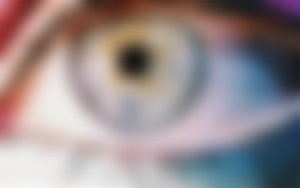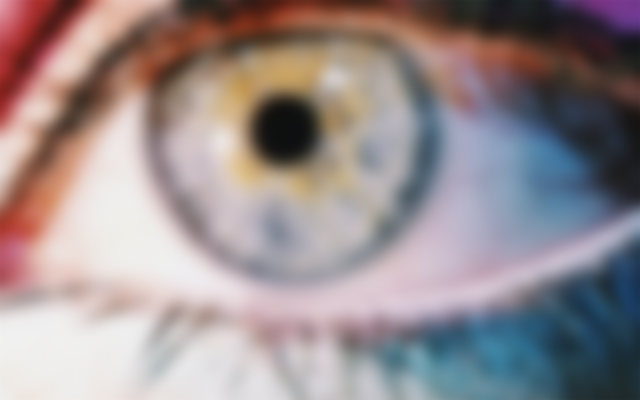
In this opportunity I will talk about color; optical phenomenon that is perceived by light within a certain wavelength range. In general terms, let's say that we observe color because light reaches our eyes. Light is like a disturbance in space, in the form of a wave. An example is the wave that is generated by hitting the surface of water, that wave is the disturbance in the water. In addition, due to the tiny distance of visible light wavelengths are measured in nanometer (nm) which is equivalent to one millionth of a millimeter.

In this sense, the region of the electromagnetic spectrum that the human eye is able to receive is called the visible aspect. Electromagnetic radiation in this wavelength range is called visible light or simply light. There is no exact limit to the visible spectrum: The typical human eye will respond to wavelengths from 380 to 750nm, although in exceptional cases some people may be able to perceive wavelengths from 310 to 1050nm. Rainbows are an example of refraction of the visible spectrum, the most visible color being yellow.
For specific wavelengths, light has a specific color:
- 400 nm: violet
- 470 nm: blue
- 550 nm: green
- 600 nm: yellow
- 700 nm: red
- 800 nm: Cannot be seen and has no color. It is outside the visible spectrum.
Our eyes have three cones, which allow us to see light in the marked range of the electromagnetic spectrum, but some animals such as birds and insects have more cones, which allow them to see in other areas of the spectrum, specifically in the ultraviolet (uv) area. It must be taken into account that if these animals can see in other intervals, the contamination of electromagnetic waves, which are invisible to us, can confuse the vision of these animals. There is the opposite case, animals with less quantity or concentration in their cones, such as dogs, which only see in blue and yellow. A light-adapted eye generally has a maximum sensitivity of 555, in the green region of the visible spectrum.
The spectrum, however, does not contain all the colors that the human eye and brain can distinguish; brown, pink, gold, silver and black are absent. The wavelength visible to the eye also passes through an optical window, the region of the electromagnetic spectrum passes very attenuated through the earth's atmosphere (although blue light is more scattered than red light, it is the reason for the color of the sky).

In the same vein, the scientific study of objects based on the spectra of light emitted by the objects is called spectroscopy. A particularly important application of this study is in astronomy where spectroscopes are essential for analyzing properties of distant objects. It uses high dispersion diffraction to observe spectra of very high spectral resolution. Light has a complex nature, depending on how we observe it, it will manifest itself as a wave or as a particle. These two states are not mutually exclusive, but complementary.
To conclude, light is a wave of alternative electric and magnetic fields, that is why it is said that it is an electromagnetic wave and like any wave, light has a wavelength that is the distance between two wave crests. Not all light is the same, light can have different colors and precisely the color of light depends on the length of its wavelength. If its wavelength is the distance between two crests or valleys of a wave, its frequency is the number of times the wave is repeated per second. The color of an object we see is the color of the light reflected by the object on our eyes.
Did you know that dogs only see in blue and yellow?

Image source: all images are designed by me, on the Canva.com website.
Dear readers, your opinions are very valuable to me, I will be very attentive to your comments. Thank you for investing your valuable time reading my post, best regards.
Articles related:
Disclaimer: I would like to let you know that English is not my mother tongue, I may even make some mistakes in the elaboration of sentences in my posts. Feel free to correct me attentively. It will help me in my learning process.
You can follow me on:
Facebook - Instagram - Youtube
My Blogs:
Ecency - Noise.Cash - publish0x






Interesting article, thanks for sharing.